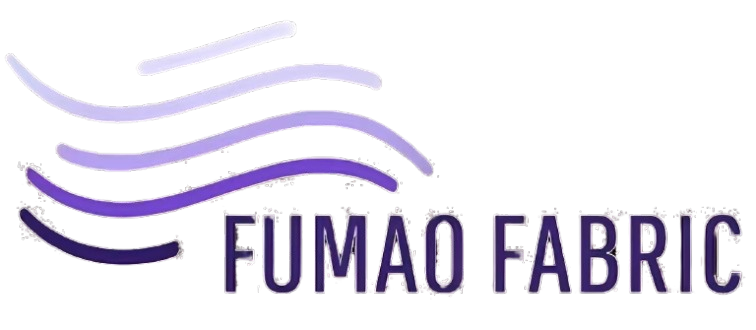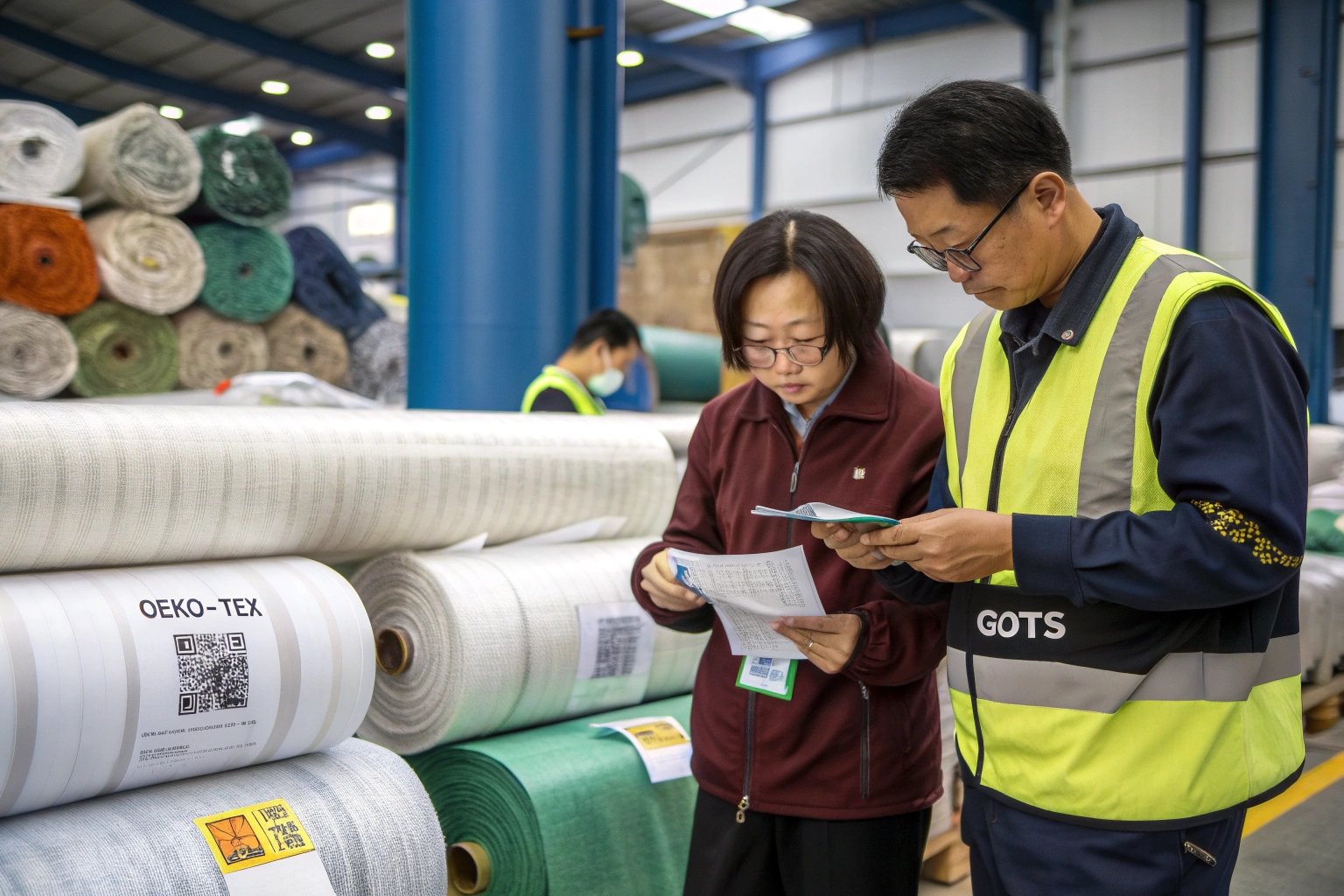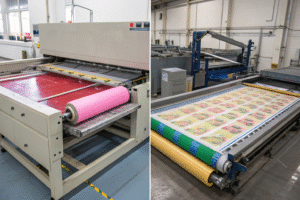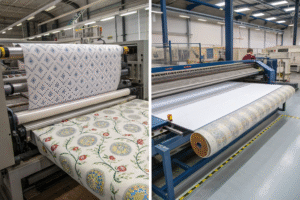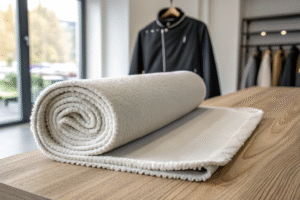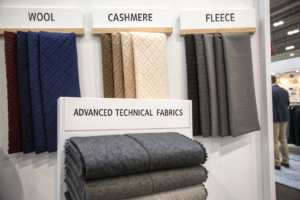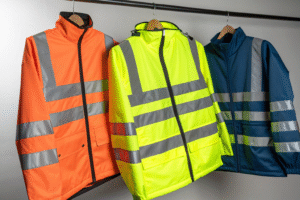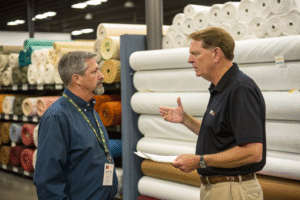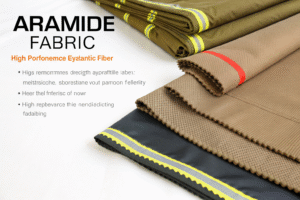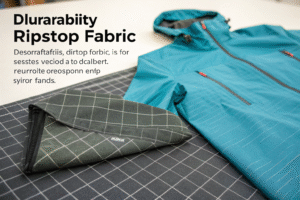Retailers in the United States are under increasing scrutiny to ensure that the fabrics they import meet strict environmental, safety, and ethical standards. For international fabric manufacturers like us, this presents both a challenge and an opportunity. Brands want assurance—not just in price and performance—but also in traceability, health compliance, and sustainability.
To sell fabrics or textile-based products in the US market in 2024, key certifications like OEKO-TEX®, GOTS, REACH, and CPSIA are essential, with additional standards like Bluesign® and FSC gaining traction. These certifications ensure fabrics are safe for human use, responsibly made, and aligned with US consumer product regulations.
Understanding which certifications are relevant can make or break an export order. Below, I’ll walk you through the most demanded certifications for fabric sellers and garment manufacturers targeting American retailers.
What Is OEKO-TEX® and Why Is It Popular in the US?
When US retailers ask if a fabric is “safe,” they’re often referring to OEKO-TEX® Standard 100. This globally recognized certification checks for harmful substances in textiles—including banned dyes, pesticides, and heavy metals.
OEKO-TEX® Standard 100 is a must-have for exporting garments and home textiles to US retailers, especially those with children’s or intimate apparel categories. It assures that every component of the product—thread, buttons, trims—is free from over 100 regulated substances.
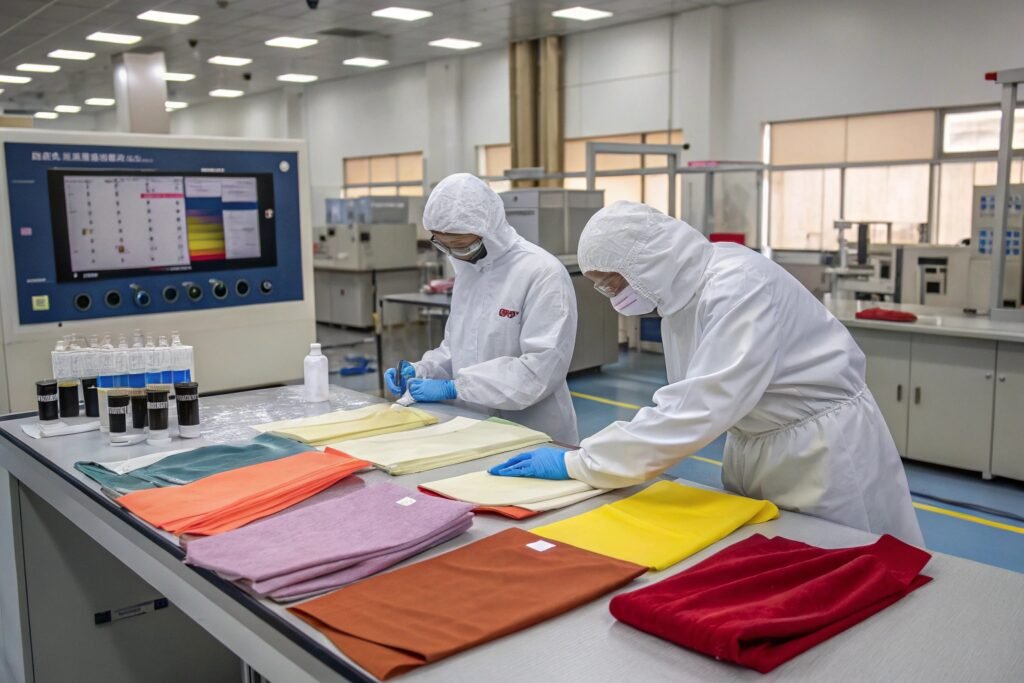
How Does OEKO-TEX® Certification Work?
OEKO-TEX® tests finished textile products through accredited labs like Hohenstein and Testex. A fabric passes only if all tested components meet strict toxicological limits. Certification is updated yearly, requiring manufacturers to maintain consistent quality and supply chain integrity.
At Fumao, our CNAS-certified lab follows similar testing protocols. While not an official OEKO-TEX® issuing body, we run pre-checks to ensure submissions pass with minimal delays. You can explore the full scope on the OEKO-TEX® official site.
What Categories Need OEKO-TEX® Most?
Categories like babywear, underwear, bedding, and yoga apparel are high-risk from a chemical compliance perspective. Major retailers like Walmart and Target often require OEKO-TEX® Standard 100 as a baseline. We’ve supported multiple American clients in the maternity and children’s sector meet these criteria with dyed and printed cotton and bamboo blends.
Is GOTS Certification Necessary for Organic Textiles?
If you’re selling “organic” fabrics or finished apparel in the US, you’ll need more than just an organic cotton label. That’s where GOTS comes in.
The Global Organic Textile Standard (GOTS) certifies not only that a fabric uses certified organic raw materials, but also that the entire production process meets environmental and social criteria. It’s the gold standard for organic apparel and textiles in the US and EU alike.

What Are the Requirements for GOTS?
To carry the GOTS label, fabrics must contain at least 70% certified organic fibers. But the certification goes further—it audits chemical use (no toxic dyes), wastewater treatment, and even labor standards. Only authorized certification bodies like Control Union can issue it.
At Fumao, we partner with GOTS-certified mills for spinning and dyeing. We’ve exported Tencel™-cotton blends to US yoga brands where even the packaging needed to comply. If your buyer requests “certified organic,” GOTS is the minimum benchmark.
Do US Retailers Demand GOTS or Just Organic Claims?
Retailers like Patagonia, Pact, and Eileen Fisher often require full GOTS documentation, not just an organic fiber invoice. Meanwhile, Amazon’s Climate Pledge Friendly badge also prefers GOTS-labeled SKUs. As regulations tighten, many buyers now audit upstream suppliers—making factory-level compliance essential. We help our clients gather and digitize these reports for transparent customs clearance.
How Does CPSIA Affect Fabric and Apparel Imports?
The Consumer Product Safety Improvement Act (CPSIA) is a US federal law that regulates products intended for children under 12. If you’re shipping babywear, school uniforms, or even printed tote bags for kids, this law applies.
CPSIA requires testing for lead content, phthalates, flammability, and labeling on any textiles designed for children. It also mandates tracking labels for traceability. For fabric exporters, compliance ensures smooth customs and avoids recalls.
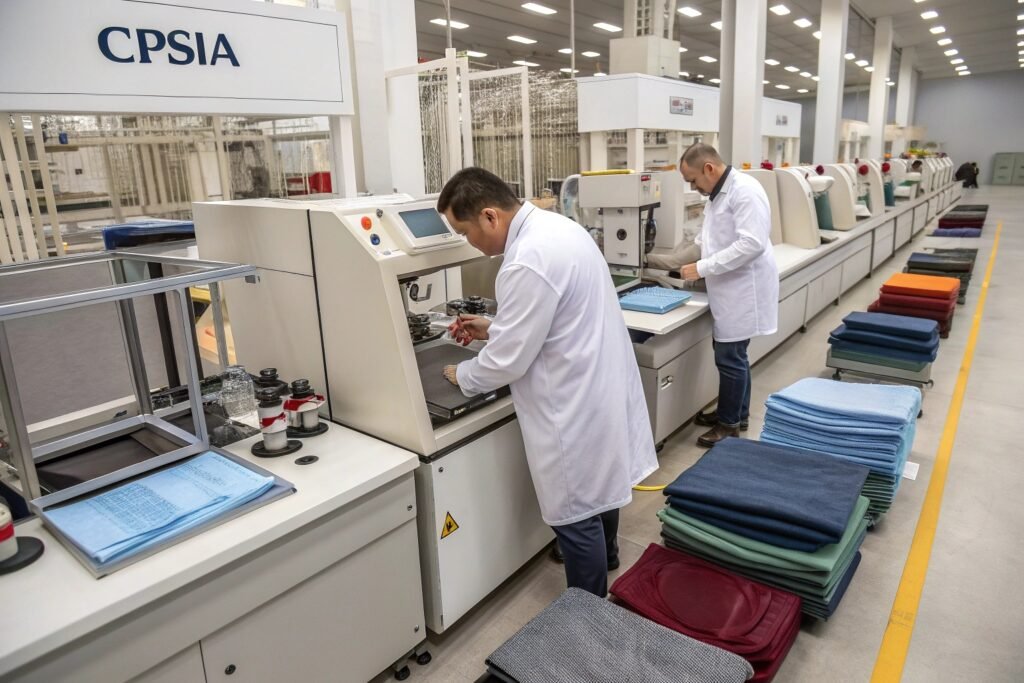
What Are the Core CPSIA Testing Areas?
Lead content is capped at 100ppm for accessible parts. If your fabric uses pigments, zippers, or snaps—these need lab verification. Flammability rules vary by fabric type but generally apply to sleepwear and upholstery. The CPSC website outlines acceptable testing labs.
At Fumao, we pre-test commonly requested children’s fabrics—like OEKO-TEX® certified poplins and brushed fleece—to help clients avoid delays. Our shipments to the US include digital traceability QR codes that meet CPSIA tracking label guidelines.
What Documentation Do US Retailers Require for CPSIA?
A Children’s Product Certificate (CPC) is essential. It lists the product, lab test results, applicable standards, and importer details. US customs and Amazon’s product compliance teams often review this before allowing sale. We provide template CPCs along with lab reports from our CNAS-accredited partners to make this seamless for small brands.
Are New Certifications Like Bluesign® or FSC Required Too?
Beyond the big three (OEKO-TEX®, GOTS, CPSIA), newer standards are entering US buyer checklists. Some are mandatory under specific claims; others are used for sustainability marketing or brand credibility.
Bluesign®, FSC (for packaging), and REACH (chemical compliance) are increasingly required by premium US brands and eco-focused retailers. These don’t replace existing certifications but add to the documentation expected during procurement.

What Is Bluesign® and Who Uses It?
Bluesign® certifies the environmental health of the production process—not just the fabric itself. It checks chemical input, energy use, water efficiency, and worker safety. Brands like North Face, Nike, and REI often ask for Bluesign®-approved fabrics for their outdoor lines. More on that can be found at the Bluesign® website.
At Fumao, we offer Bluesign®-aligned materials via our dyeing partners. For example, when supplying nylon taffeta to a US backpack brand, we sourced it from a Bluesign®-certified mill to match their brand commitment.
Is FSC Required for Fabric Packaging?
Yes, especially in 2024 where sustainable packaging is gaining focus. FSC (Forest Stewardship Council) certification ensures paper-based hang tags, boxes, and inserts are made from responsibly managed sources. Some US buyers will only approve orders if packaging meets FSC standards.
We provide FSC paper stock options to garment exporters and include the FSC chain-of-custody certificate in export documentation. This not only helps in customs inspection but supports retailers in marketing their “fully sustainable” story.
Conclusion
Navigating US textile certification can feel like a maze, but with the right partner, it becomes a powerful tool. Whether it’s OEKO-TEX® for safety, GOTS for organic credibility, CPSIA for legal compliance, or Bluesign® and FSC for sustainable differentiation—each standard plays a role. At Fumao, we help our clients build trust, pass inspections, and win shelf space in competitive US retail environments by aligning every yard of fabric with the right certificate. Let us help you get compliant and stay competitive.
